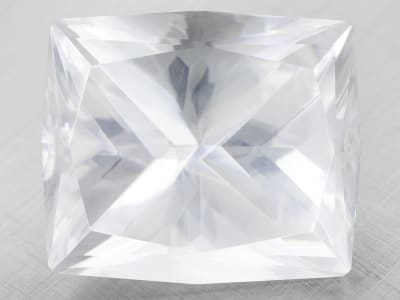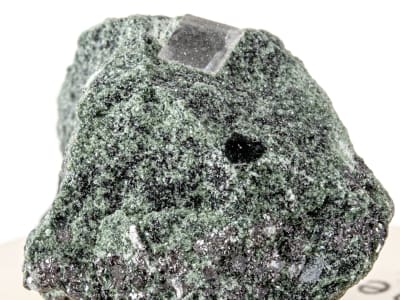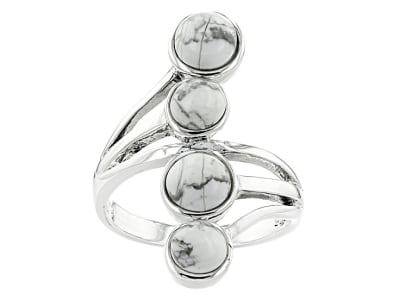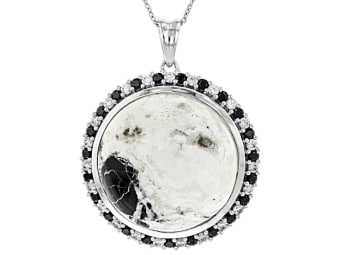Magnesite, a member of the calcite mineral group, is often found in massive form, as well-formed transparent crystals are rare. Pure magnesite crystals are colorless, and any impurities present affect their color which is typically light yellow to brown or gray. Magnesite has perfect cleavage in three directions, making faceting extremely difficult. Faceted gems are often found in private collections or museums.
General Information
LWUV: Inert to moderate bluish white or yellowish white
Magnesite Colors
-
 Bi-color
Bi-color -
 Black
Black -
 Blue
Blue -
 Brown
Brown -
 Colorless
Colorless -
 Gray
Gray -
 Green
Green -
 Multi-color
Multi-color -
 Orange
Orange -
 Pink
Pink -
 Purple
Purple -
 Red
Red -
 White
White -
 Yellow
Yellow
Countries of Origin
Myanmar; Cameroon; Papua New Guinea; Kazakhstan; Portugal; Oman; Solomon Islands; Armenia; Greece; Austria; Mongolia; Mozambique; Korea (the Republic of); Unknown; Luxembourg; Brazil; Algeria; Slovenia; Chile; Nepal; Colombia; Ecuador; Argentina; Hungary; Japan; Ukraine; Zambia; Taiwan (Province of China); Albania; Bolivia (Plurinational State of); India; New Zealand; Canada; Turkey; Namibia; Finland; Italy; South Africa; Antarctica; Peru; Venezuela (Bolivarian Republic of); Ethiopia; Germany; Tanzania, United Republic Of; Afghanistan; Russian Federation; Viet Nam; Czechia; United States of America; Egypt; Madagascar; Thailand; United Kingdom of Great Britain and Northern Ireland; Saudi Arabia; Sweden; Pakistan; China; Poland; Slovakia; Bulgaria; France; Serbia; Tunisia; Croatia; Romania; Sri Lanka; Kenya; Switzerland; Spain; Nicaragua; Norway; Botswana; Mexico; Zimbabwe; Australia; Greenland; Tajikistan; Indonesia
History
Another magnificent pretender in the gemstone world, magnesite is often dyed and disguised as other stones. How versatile this porous gemstone can be! Magnesite not only takes dye well, it often has lovely veining that enhances its beauty. Magnesite is a member of the calcite mineral group and is often found in massive form. Well-formed transparent crystals are rare. Magnesite has perfect cleavage in three directions, which makes faceting extremely difficult. It is so difficult to facet that the rare, faceted stones are often found in private collections or museums. Magnesite is a 3 ½ - 4 ½ on the Mohs scale of hardness. In its natural state, magnesite is almost too soft to wear in jewelry. It's often stabilized to protect it. Whether dyed or in its natural white state, magnesite is intriguingly pretty. Contemporary stabilization processes help ensure that the color you select - and love - remains true for years to come.
Care
Wipe clean with a dry cloth and store away from other, harder stones. Do not use chemical, ultrasonic, or steam cleaners. Soluble in acid.
Species/Variety
White Buffalo Stone
White Buffalo Stone has been sold in the trade as “White Buffalo Turquoise”, but it is actually a mixture of magnesite and alumite. It is mined from the Tonopah, Nevada area. It has also been called Wild Horse Magnesite and Crazy Horse Magnetite in the gemstone trade.



